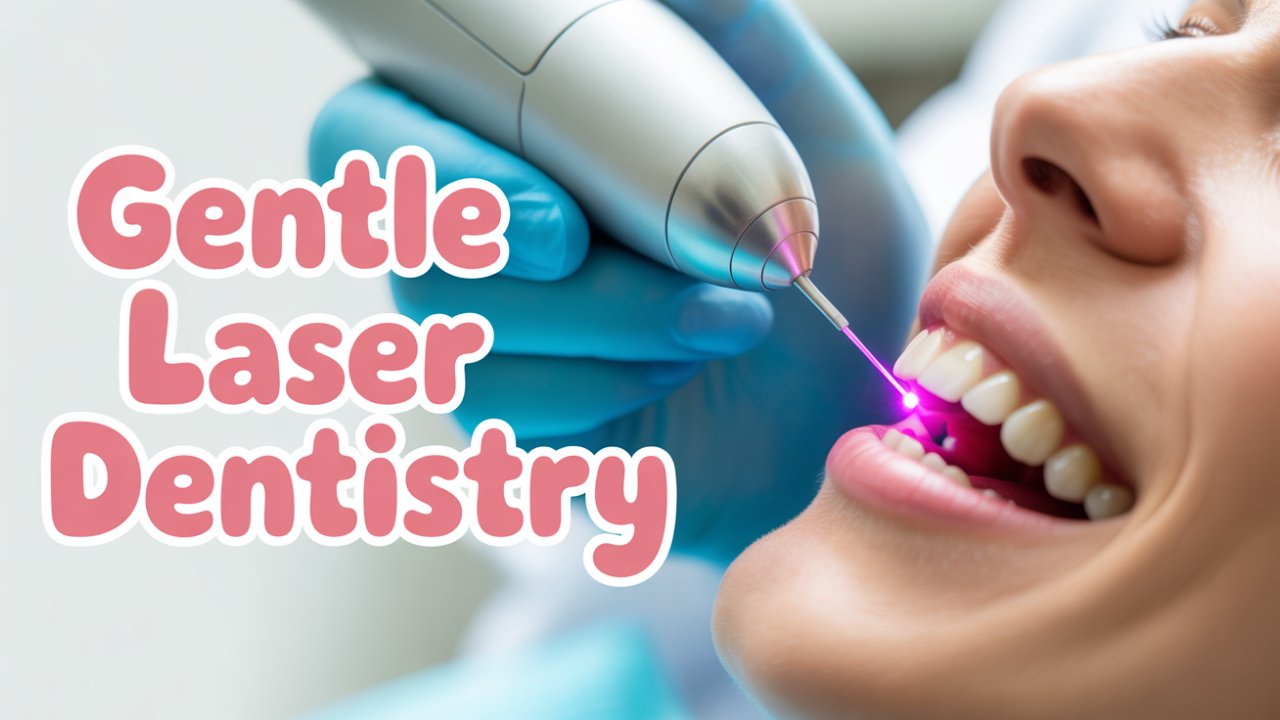Getting dental treatment done today has become easier, faster and more comfortable than ever before. The biggest reason for this is the tremendous change in dental technology. Earlier, if someone had to get a root canal or dental implant, then one had to visit the clinic multiple times, heavy machines were used, and pain or discomfort was common. But now, technology has made these complex procedures very simple.
In this article, we will learn how modern dental equipment and techniques such as CBCT scanning, intraoral scanners, AI-based diagnosis and laser dentistry are making treatment easier, faster and more reliable for both dentists and patients.
What Has Changed in Today’s Dental Technology?
Traditional dental treatments used to be very time consuming. Manual impressions, multiple visits, and long recovery periods were common. But now:
- Accurate diagnosis with digital imaging
- Early detection of disease with AI technology
- Treatment without cuts with laser technology
- Making teeth in a single day with CAD/CAM and 3D printing
These technologies have changed the entire world of dentistry.
Digital Imaging and CBCT: The Right Direction of Treatment
Whenever surgery has to be done on a tooth or an implant has to be placed, the most important thing is – correct examination. Earlier, X-rays used to give two-dimensional (2D) images, which made it difficult to understand the internal complexities.
Now Comes CBCT Scan
CBCT i.e. “Cone Beam Computed Tomography” is a 3D scan that shows your teeth, jaws, nerves, and bones in three dimensions. This gives the dentist a clear view of where to place the implant, how deep the root canal has to be made, or at what angle a surgery has to be done.
Example:
If a patient needs a front tooth implant, then CBCT can be used to see how deep the bone is and how close the nerve is, so that no mistake is made.
Intraoral Scanner: Now the Hassle of Impression is Over
In the past, paste was filled in the mouth to make a mold of the tooth, which many patients found uncomfortable. Sometimes the mold was not made correctly, and the whole process had to be repeated.
What Does an Intraoral Scanner Do?
It is a pen-like device that is rotated inside the mouth to make a digital 3D image of the entire teeth. With this scan:
- The crowns, bridges or aligners of the teeth are made with absolute accuracy
- There is no mistake in molding
- The digital file can be sent to the lab immediately
Advantage:
The patient does not have to come many times and the doctor gets a way of more accurate treatment.
AI Diagnosis: Machine Learning Helps to Detect Disease Early
Sometimes we do not see a disease in the beginning, but it is growing inside. AI i.e. Artificial Intelligence is now making this challenge easier.
What Can AI Do?
- Identify disease by reading digital scans, X-rays and patient history
- Can tell the possibility of cavity, gum disease, even oral cancer at an early stage
- Can show treatment estimation and result simulation
Example:
If a patient has a mild cavity in the beginning, AI will give a report whether it can be treated with fluoride treatment without drilling or not.
Laser Dentistry: Treatment Without Incision
Laser dentistry is a technique that gives a very clean, precise and painless method, unlike traditional drills and knives.
Soft Tissue Laser – A Boon for Gums
- It is used in gum surgery, periodontal treatment, frenectomy etc.
- It “seals” the tissue while cutting, which reduces bleeding
- No stitches are needed
- Recovery is very fast
Hard Tissue Laser – For Teeth Cleaning and Root Canal
- Cleans the cavity very precisely
- Preserves as much natural structure of the tooth as possible
- Completely eliminates bacteria in the root canal
- Treatment is done without vibration, which reduces fear or anxiety
Patient’s Thought:
“Earlier I was very afraid of root canal, but after laser treatment I don’t even feel the pain now.”
CAD/CAM and 3D Printing – Now a New Tooth in a Day
Designs of teeth are made with CAD/CAM technology and then a new tooth (crown, bridge, etc.) can be made in a single day with a 3D printer.
Benefits:
- No need to visit the clinic frequently
- The process is precise
- Savings both time and cost
Why Are These Technologies Necessary in India?
In a country like India where dental awareness is low, the fear of patients can be reduced through modern technologies.
- Gum disease in children can be prevented at an early age
- Elderly people can get comfortable and fast treatment
- Treatment of people in remote areas can be made easy through mobile scanning units in villages
Conclusion: Technology Is the Key to Modern Dentistry
In today’s time, when every patient wants quick treatment, less pain and better results – it has become necessary for dentists to adopt modern equipment and techniques.
- CBCT, intraoral scanning and AI diagnosis have made diagnosis accurate and faster
- Laser dentistry has made treatment painless and less time consuming
- CAD/CAM and 3D printing have made restoration easier
If you are a patient, ask your doctor about these technologies.
If you are a dentist, get trained in them and incorporate them in your clinic.
Because now patients don’t just want treatment, they want an experience – and technology is the key to delivering that experience.
